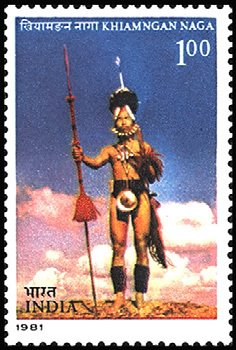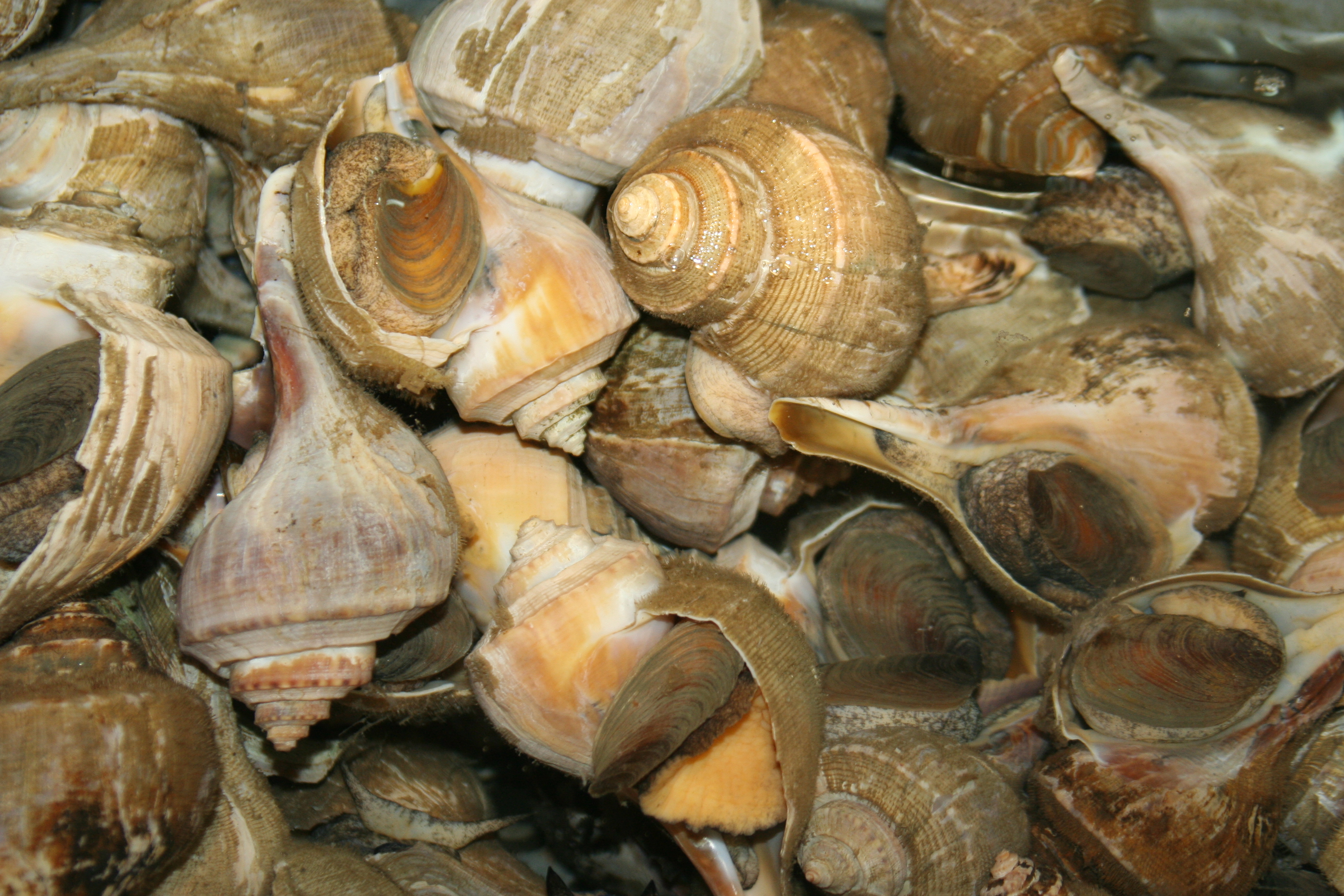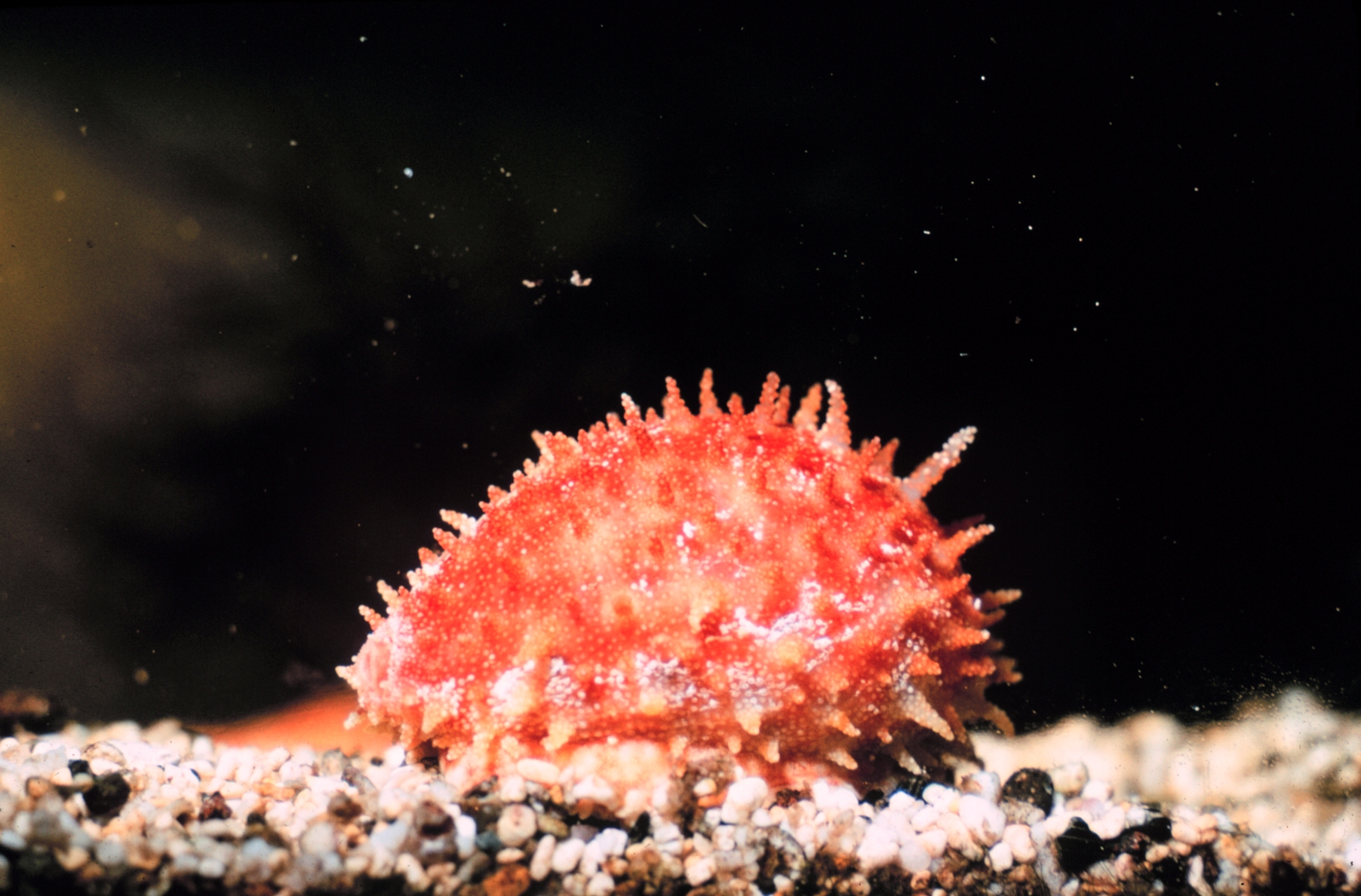|
Khiamniungans
Khiamniungan Nagas are a transnational Naga tribe inhabiting northwestern Myanmar and northeastern India. Distribution They are the inhabitants of Noklak District in the state of Nagaland, India, and of Lahe Township, Htanparkway Sub-Township, and Leyshi Township of the Naga Self-Administered Zone and Hkhamti District of the Sagaing Region in Myanmar. Etymology The nomenclature of the word "Khiamniungan" is derived from the word "Khiam" meaning "Water", "Niu" meaning "Great", and "Ngan" meaning "Source". Thus, the term "Khiamniungan" meaning "Source of great water/river." The nomenclature derives from the two biggest rivers flowing in the Khiamniungan region, the Zungki river and the Chindwin river in Myanmar. Origin The origin of the Khiamniungan people remains uncertain since there was no written record, however the people of Khiamniungan trace their earliest origin to a place called "Khiamniungan Nokthang" which is located below Lengnyu Village - Tsuwao Village, Panso c ... [...More Info...] [...Related Items...] OR: [Wikipedia] [Google] [Baidu] |
Patsho
Patsho (Pathso), a village in North East India, in the state of Nagaland, is situated in Indo-Burma region of Patkai range, towards the east of Mount Khülio-King . It is considered as one of the biggest villages in Noklak district. History The nomenclature Patsho is a cryptogenic origin that convey the meaning ''Congregation of people''. The provenance of Patsho people backtrack to the initial historical place called '' Khiamnyunga'', from where a group of people moved towards west to occupy '' Lümuoking'' and subsequently inhibited the extant ''Patsho'' village. During the British Raj, the Khiamniungans were referred to as ''kalyo Kenyu'' - Slate-House dwellers particularly in the works of anthropologists such as Christoph von Fürer-Haimendorf. People Friendliness towards certain foreigners in the olden days is notable which faintly outlines the characteristics of the people. On the other hand, people of Patsho, a ''Kalyo-kengyu'' village, were once considered ... [...More Info...] [...Related Items...] OR: [Wikipedia] [Google] [Baidu] |
Nütsah
A Nütsah () is a traditional shawl created and woven by Khiamniungans of Noklak district in north-eastern India. The Nütsah, traditionally, could only be worn by the wealthy and warriors who had successfully taken the heads of enemy warriors. In modern times, the right to wear the Nütsah is associated with any male individual in the family as a demonstration of cultural acceptance, signifying ancestral fierceness and a distinctive symbol of the Khiamniungan Naga people. History In pre- colonial Khiamniungan society, shawls were used to classify the social status of male groups. This prestige symbol is given to higher social status who had earned it by his courageous war-performance putting down many enemies. The Nütsah was considered as the highest-ranking male shawl in ancient Khiamniungan society. Design and symbolism The background of the Nütsah is black with intricate design of red square spread across with orange line woven at the edge of all four corners. The Khia ... [...More Info...] [...Related Items...] OR: [Wikipedia] [Google] [Baidu] |
Pou (Khiamniungan Dormitory)
The Pou (Morung or dormitory)() is a building with a huge Phie kept inside against the side wall which was primarily the cornerstone and a pivotal institution of the Khiamniungan community throughout early times. Khiamniungans is a tribe that inhabits the easternmost corner of the Indian state of Nagaland Nagaland () is a States and union territories of India, state in the northeast India, north-eastern region of India. It is bordered by the Indian states of Arunachal Pradesh to the north, Assam to the west, Manipur to the south, and the Naga Sel .... The Morungs are higher than houses and their roofs rise towards the front in a conical shape. History Pou was an important educational and social institution for men in the tribal community, where elders foster patriotism, respect, unity, mutual aid. It was a center of social, religious and political activities. It was also a guard-house. Significance Rituals were performed in and outside the Pou, one called ''Chamtsa ... [...More Info...] [...Related Items...] OR: [Wikipedia] [Google] [Baidu] |
Phie
A Phie () or ''Phi'' is a traditional log drum, an integral part of the cultural heritage of the Khiamniungans in Northeastern state of Nagaland, India. These log drums are massive, hollowed-out wooden carvings large enough to accommodate several men sitting inside in a row. Historically, such large xylophones or percussion instruments were not found among other Naga tribes during earlier times. Construction The making of a Phie typically took place far from the village, requiring significant effort, skill, and months of labor to complete. Once finished, the entire male population of the village would transport the log drum to the Pou, a community space, where it would be placed against the wall. Significance In traditional Khiamniungan society, the Phie served as a communication tool. The log drum was beaten in specific rhythms to convey various messages, such as signaling danger, announcing rare or significant events, or warning the presence of enemies. Additionally, the ... [...More Info...] [...Related Items...] OR: [Wikipedia] [Google] [Baidu] |
Patsho Khiamniungan
Patsho Khiamniungan is a Sino-Tibetan language spoken in Noklak district in the state of Nagaland, India. Alphabet The Patsho Khiamniungan alphabet consists of the following letters: Patsho Range Students' Union (2023): Patsho Khiamniungan Orthography : Published by Patsho range students' Union in collaboration with Patsho Khiamniungan dictionary team This makes for 27 letters in Patsho Khiamniungan. Background Patsho is a language spoken in eastern part of Nagaland state and also refers to the people living under Noklak district in India. Above all, it is a village with one of the highest number of Population in the region. Sometimes, it refers to ''Patsho'' speaking group of people who are native to and belong to Patsho Village. Typology Patsho Khiamniungan is a sino-Tibetan, compound of two words. Patsho is a village in Nagaland and Khiamniungan refers to one of the major tribes in Nagaland. Phonology The phonological inventory of Patsho Khiamniungan is as foll ... [...More Info...] [...Related Items...] OR: [Wikipedia] [Google] [Baidu] |
Chindwin River
The Chindwin River (), also known as the Ningthi River (), is a river in Myanmar and is the largest tributary of the Irrawaddy River. Sources The Chindwin originates in the broad Hukawng Valley of Kachin State of Burma, roughly , where the Tanai, the Tabye, the Tawan, and the Taron (also known as Turong or Towang) rivers meet. The headwaters of the Tanai are at on the Shwedaunggyi peak of the Kumon range, north of Mogaung. It flows due north until it reaches the Hukawng Valley. In 2004, the government established the world's largest tiger preserve in the Hukawng Valley, the Hukaung Valley Wildlife Sanctuary, with an area of approximately ; later, the Sanctuary was extended to , making it the largest protected area in mainland Southeast Asia. The river then turns to the west and flows through the middle of the plain, joined by the Tabye, the Tawan, and the Taron rivers from the right bank. These rivers drain the mountain ranges to the north and northeast of the Hukawng valley. ... [...More Info...] [...Related Items...] OR: [Wikipedia] [Google] [Baidu] |
Gourd
Gourds include the fruits of some flowering plant species in the family Cucurbitaceae, particularly '' Cucurbita'' and '' Lagenaria''. The term refers to a number of species and subspecies, many with hard shells, and some without. Many gourds have large, bulbous bodies and long necks, such as Dipper Gourds, many variations of Bottle Gourd and caveman club gourds. One of the earliest domesticated types of plants, subspecies of the bottle gourd, '' Lagenaria siceraria'', have been discovered in archaeological sites dating from as early as 13,000 BC. Gourds have had numerous uses throughout history, including as tools, musical instruments, objects of art, film, and food. Terminology ''Gourd'' is occasionally used to describe crop plants in the family Cucurbitaceae, like pumpkins, cucumbers, squash, luffa, and melons. More specifically, ''gourd'' refers to the fruits of plants in the two Cucurbitaceae genera '' Lagenaria'' and '' Cucurbita'', or also to their hollow, dried-ou ... [...More Info...] [...Related Items...] OR: [Wikipedia] [Google] [Baidu] |
Conch Shell
Conch ( , , ) is a common name of a number of different medium-to-large-sized sea snails. Conch shells typically have a high spire and a noticeable siphonal canal (in other words, the shell comes to a noticeable point on both ends). Conchs that are sometimes referred to as "true conchs" are marine gastropods in the family Strombidae, specifically in the genus ''Strombus'' and other closely related genera. For example, ''Aliger gigas'', the queen conch, is a true conch. True conchs are identified by their long spire. Many other species are also often called "conch", but are not at all closely related to the family Strombidae, including '' Melongena'' species (family Melongenidae) and the horse conch '' Triplofusus papillosus'' (family Fasciolariidae). Species commonly referred to as conches also include the sacred chank or ''shankha'' shell ('' Turbinella pyrum'') and other ''Turbinella'' species in the family Turbinellidae. The Triton's trumpet (family Charoniidae) may a ... [...More Info...] [...Related Items...] OR: [Wikipedia] [Google] [Baidu] |
Cowrie
Cowrie or cowry () is the common name for a group of small to large sea snails in the family Cypraeidae. Cowrie shells have held cultural, economic, and ornamental significance in various cultures. The cowrie was the shell most widely used worldwide as shell money. It is most abundant in the Indian Ocean, and was collected in the Maldive Islands, in Sri Lanka, along the Indian Malabar coast, in Borneo and on other East Indian islands, in Maluku in the Pacific, and in various parts of the African coast from Ras Hafun, in Somalia, to Mozambique. Cowrie shell money was important in the trade networks of Africa, South Asia, and East Asia. In the United States and Mexico, cowrie species inhabit the waters off Central California to Baja California (the chestnut cowrie is the only cowrie species native to the eastern Pacific Ocean off the coast of the United States; further south, off the coast of Mexico, Central America and Peru, Little Deer Cowrie habitat can be found; and fur ... [...More Info...] [...Related Items...] OR: [Wikipedia] [Google] [Baidu] |



